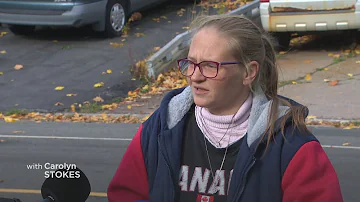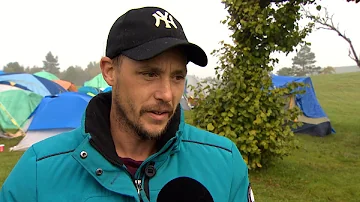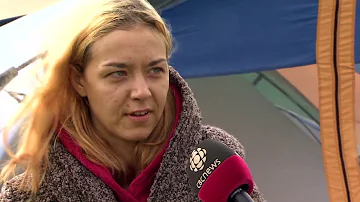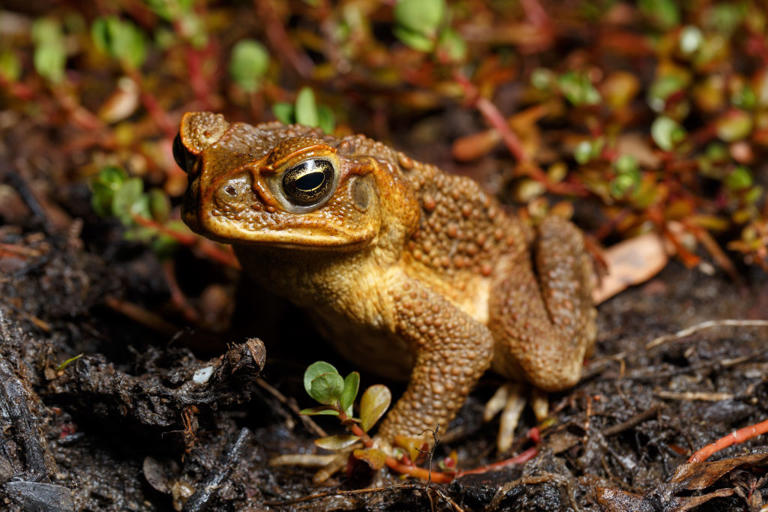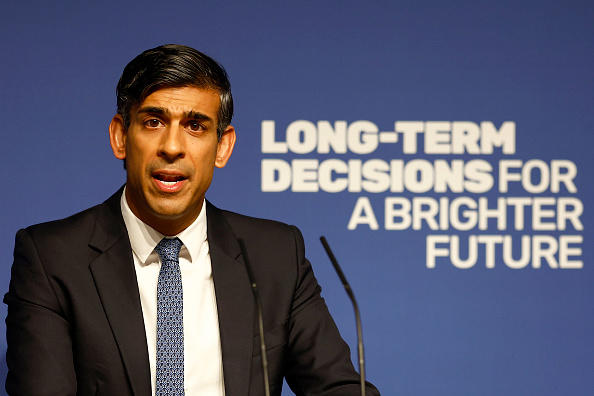Canada Is Considering Introducing Guaranteed Basic Income & Here's Who Could Get Money
UBI BY ANY OTHER NAME

You might not know that Canada is considering a basic income program across the country to "benefit individuals, families and communities."
A lot of people could qualify for universal basic income in Canada and get money from the federal government if it's introduced.
Now that a bill requiring the federal government to develop a national framework for a guaranteed livable basic income could become law, here's what you need to know.
That includes what basic income would be, who would qualify for it and how much money a universal basic income could give out.
What is guaranteed livable basic income in Canada?
Bill S-233, which is also known as an act to develop a national framework for a guaranteed livable basic income, is a bill sponsored by Senator Kim Pate that's currently being considered in Canada's Senate.
It has stated that "every person should have access to a livable basic income" and a guaranteed basic income would help eradicate poverty in Canada and improve income equality, health and education.
"A guaranteed livable basic income would benefit individuals, families and communities and protect those who are made most vulnerable in society," according to the bill.
Also, Bill S-233 said that a national basic income program would "ensure the respect, dignity and security of all persons in Canada."
This bill that would get the ball rolling on introducing basic income across Canada has been moving through the Senate over the last few years.
Its first reading was completed on December 16, 2021, and its second reading was completed on April 18, 2023.
Then, on October 17, 2023, the Standing Senate Committee on National Finance studied Bill S-233.
The committee heard from experts including former Ontario Premier Kathleen Wynne, Dr. Evelyn Forget and Dr. Jiaying Zhao.
Pate and MP Leah Gazan, who sponsored a similar bill in the House of Commons, shared that all of the experts agreed now is the time to move forward with guaranteed livable basic income.
"Faced with increasing economic uncertainty, Canadians rightly expect their governments to both help individuals make ends meet and treat public money with care," said Pate and Gazan.
Both noted that guaranteed livable basic income has been tested in Canada already and it's "a meaningful solution promising a wealth of economic, social, and health benefits."
Once the Standing Senate Committee on National Finance's study of Bill S-233 is complete, committee members and all Senators will be able to vote to send the bill to the House of Commons.
Then, it could become law following a review in the House.
Who would qualify for universal basic income in Canada?
If Bill S-233 becomes a law, it would require the minister of finance — who is currently Chrystia Freeland — to develop a national framework for the implementation of a guaranteed livable basic income program throughout Canada.
Any person over 17 years old, including temporary workers, permanent residents and refugee claimants, would qualify for universal basic income in Canada.
The framework developed by the minister of finance would have to include several measures laid out in the bill.
That includes measures to determine what constitutes a livable basic income for each region in Canada.
It would have to take into account the goods and services that are necessary for people to have "a dignified and healthy life" and the cost of those goods and services.
National standards for health and social supports that complement a guaranteed basic income program and guide the implementation of such a program in every province would be required as well.
The framework would need to ensure that having an education or training or participation in the labour market is not required for people in Canada to qualify for a guaranteed livable basic income.
Also, it must ensure that the implementation of a guaranteed livable basic income program doesn't decrease services or benefits that are meant to support someone's needs related to health or disability.
What would be Canada's guaranteed basic income amount?
Back in 2021, the Office of the Parliamentary Budget Officer put out a report on the fiscal analysis of a national guaranteed basic income program in Canada.
To figure out how a basic income program could work financially, the report from the Parliamentary Budget Officer used Ontario's basic income pilot project from 2017 as a framework.
It also limited the analysis of the potential program to Canadians who are between 18 and 64 years old.
Ontario's basic income project ensured that people received up to 75% of the low-income measure which was estimated at $16,989 for a single person and $24,027 for a couple.
Individuals with a disability also received an additional universal amount of $6,000 a year.
The guaranteed basic income was reduced as an individual received more employment earnings at a rate of $0.50 for every dollar made.
According to the report from the Parliamentary Budget Officer, households that have one adult with children could see a change in average household disposable income of 12.3% — which is $4,210 — if a national guaranteed basic income program was introduced.
For households with two or more adults and children, that income would go up by 31.6% which works out to $13,797.
Single adults would see a 32.1% change in average household disposable income. That's an increase of $5,453.
In households with two or more adults, it would be a 64.5% change which works out to $17,057.
The report found that more than six million people (16.4% of Canada's population) would see a rise in their disposable income because of guaranteed basic income.
That would work out to a net positive impact of $8,227 — 49.6%.
But, according to the Parliamentary Budget Officer, over 16 million people would have a net income loss of $3,114 — -5.4% — on average.
Despite that, guaranteed basic income "significantly reduces poverty rates" across Canada, cutting it almost in half at a national level.
The report found that the poverty rates would be reduced by 40.2% in B.C., 43.7% in Alberta, 49.2% in Saskatchewan, 61.9% in Manitoba and 49.2% in Ontario.
Also, rates would go down by 60.4% in Quebec, 32.6% in New Brunswick, 55% in Nova Scotia, 45% in P.E.I., and 13.5% in Newfoundland and Labrador if a basic income program was introduced.
Even though the Parliamentary Budget Officer's report used Ontario's $16,989 to $24,027 payments as a framework, the exact basic income amounts should the program be implemented are still unknown.
Bill S-233 would require the minister of finance to determine what a livable basic income is for each region in Canada so how much money people get could vary depending on where they live.
This article's cover image was used for illustrative purposes only.
